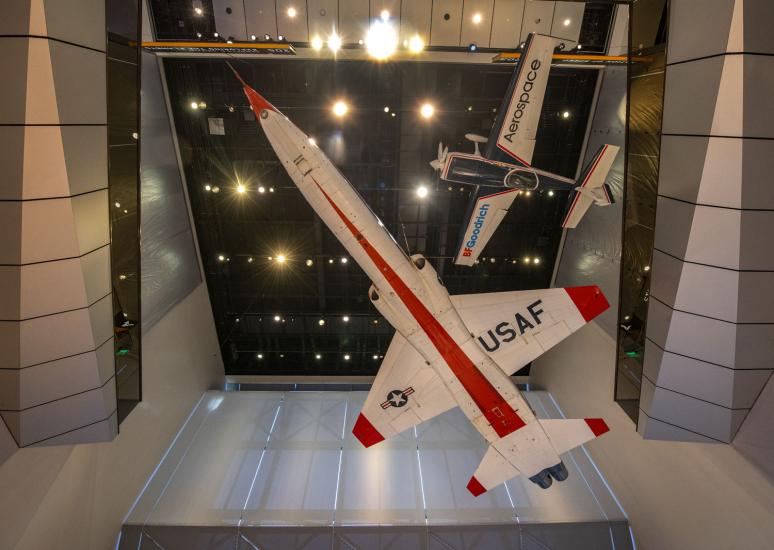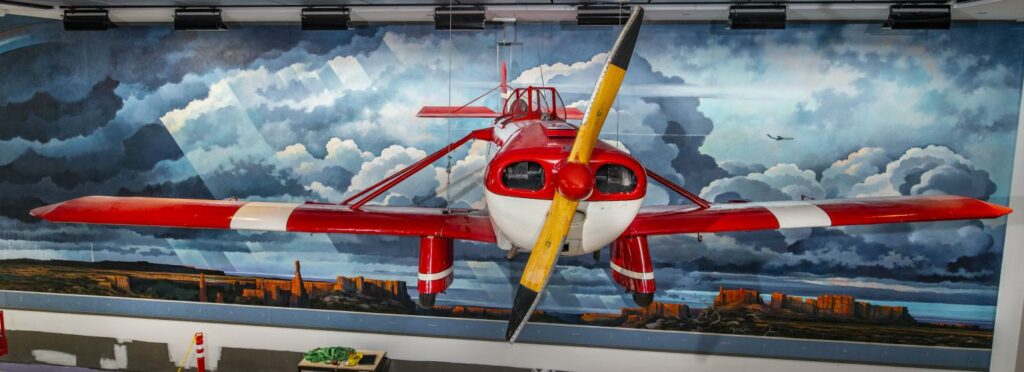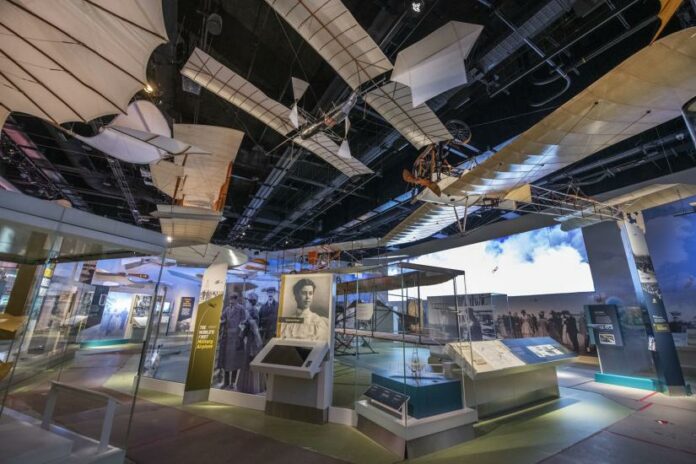The Smithsonian’s National Air and Space Museum will reopen half of its flagship building on the National Mall in Washington D.C. on Friday, October 14, 2022. Eight new and renovated exhibitions, the planetarium, museum store and Mars Café will open on the building’s west end. The museum has been undergoing a seven-year renovation that began in 2018 and includes redesigning all 23 exhibitions and presentation spaces, complete refacing of the exterior cladding, replacement of outdated mechanical systems and other repairs and improvements.
Only half of the building will be opening, and great interest in visiting is expected. Free timed-entry passes will be required to ensure visitors have an enjoyable experience. The passes will be available on the museum’s website September 14, 2022.
“This is one of the most exciting times in the National Air and Space Museum’s history,” said Chris Browne, the John and Adrienne Mars Director of the museum. “When we open the first reimagined galleries, we hope all visitors are inspired by artifacts on display for the first time, favorite icons of aerospace presented in new ways and diverse storytelling.”
Exhibitions Opening October 14:
- “America by Air”
- “Destination Moon”
- “Early Flight”
- “Kenneth C. Griffin Exploring the Planets Gallery”
- “Nation of Speed”
- “One World Connected”
- “Thomas W. Haas We All Fly”
- “Wright Brothers and the Invention of the Aerial Age”

The renovated museum will feature hundreds of new artifacts to the building such as Jackie Cochran’s T-38, the plane Cochrane flew when she became the first woman to break the sound barrier; the Sharp DR 90 Nemesis air racer, the most successful aircraft in air racing history flown by pilot and co-designer, Jon Sharp; and Sean Tucker’s custom-built aerobatic biplane, the Aviation Specialties Unlimited Challenger III. The full-sized X-Wing Starfighter that appeared in Star Wars: The Rise of Skywalker, on loan from Lucasfilm, will also be displayed for the first time and located outside of the planetarium.
Visitors will see favorite artifacts presented in new settings. The Apollo 11 command module Columbia will be housed in a custom-designed, climate-controlled case as the centerpiece of the “Destination Moon” exhibition alongside Neil Armstrong’s Apollo 11 spacesuit. The 1903 Wright Flyer will be displayed in a dynamic new environment that better tells the story of the invention of flying and its implication on world history.

The exhibition plan will use creative and dynamic techniques to engage visitors while they are at the museum and after they leave. Instead of simply presenting information to visitors, the exhibitions will provide ways of engaging people through hands-on experiences. For example, in the “Kenneth C. Griffin Exploring the Planets Gallery,” visitors will tour the solar system and learn what it would be like to walk on another world through an immersive, interactive experience.
The planetarium will offer significant upgrades to its technological capabilities and include new screencast abilities that will allow connection with planetariums around the country and vastly expand the museum’s reach.






